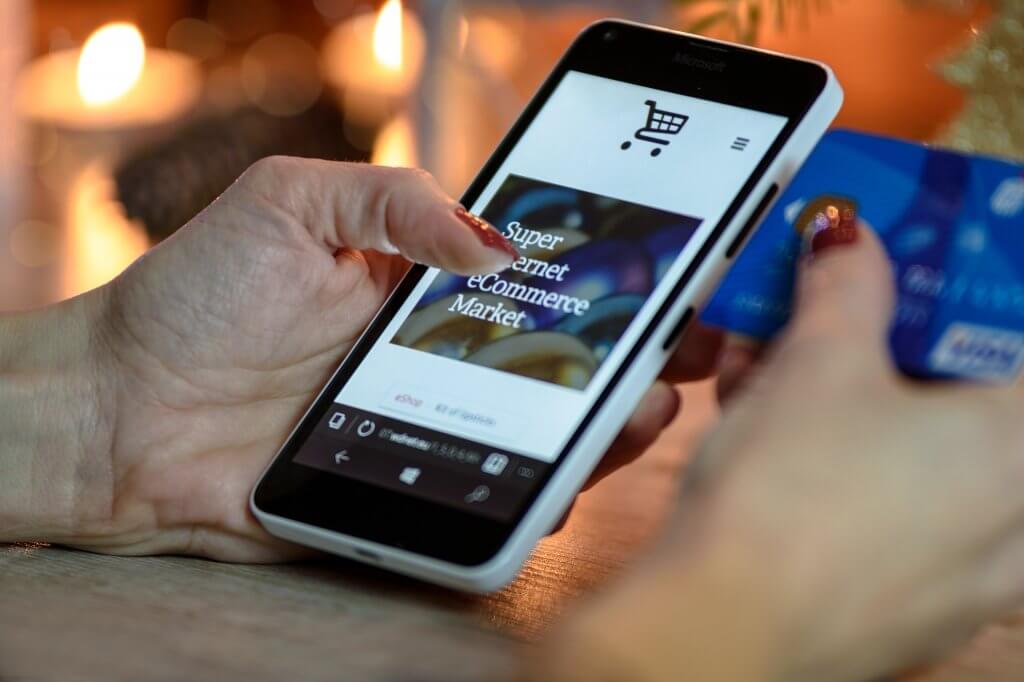
Is Printed Media Still Relevant In The Digital Age?
Smartphones and tablets allow us to access almost any information wherever we are in the world, but is this making printed media redundant?
We don’t need statistics to tell us that mobile devices and apps are the go-to for many people in their work and private lives. However, for the many advantages digital marketing strategies may have there are just as many associated with traditional marketing approaches, offering the proof if needed that printed media in its many forms is just as relevant today, and to be overlooked or ignored at a marketing professionals peril!

People like engaging with print materials. Ingrained in our collective memory we continue to be attracted to print media regardless if we’re talking about magazines, newspapers, flyers or brochures, or for that matter printed display, posters and signage. We like the simplicity of printed material, without the ‘clutter’ and irritations associated with digital media, free of the other bits of news, information and pop-ups that distract us and detract from the article we are reading.
New research from the Temple University in Philadelphia, USA has further demonstrated that content on paper affects our brains in different and more powerful ways, showing significant differences in the way our brains process the same advertising content in digital and printed formats.
Scientists had subjects view ads in both formats and using a variety of neuro-marketing methods, including eye tracking and biometric measurements, were able to gauge their initial reactions and a week later the same subjects were put in an FMRI machine to evaluate the longer term impact of the ads.
Some of the more interesting findings were:
- Digital ads were processed more quickly
- Paper ads engaged viewers for more time
- Subjects reported no preference for either medium
- Subjects absorbed about the same amount of information from both media
- A week later subjects showed greater emotional response and memory for physical ads
- Physical ads caused more activity in brain areas associated with value and desire
Interestingly, previous experiments by the same Temple researchers showed that the ventral striatum was the area of the brain whose activity was most predictive of future purchasing behaviour, and notably, the latest experiments showed that physical media caused greater activation of the ventral striatum than digital media. While this doesn’t conclusively show that print is more powerful than digital for stimulating intent to purchase, it is a fascinating bit of research worthy of our attention.

What’s more, the experiments used a large monitor for the digital ad display at a time when media consumption and shopping are shifting from laptop and computer to mobile devices. Mobile 1st reports that only 13% share of online purchases are made on mobile and nearly half of customers polled indicate that they fail to make a purchase on their phone due to the visual detail on the miniature size screen being inadequate to judge the product. If the experiments had been conducted on a mobile device the results gap between digital and printed media would have been wider.
There are opposing forces at work here. Marketers want to use the most effective and impactful medium, but also have to focus efforts on those media that consumers are using most. Even if organisations believe print ads are potentially more powerful, the massive shift to mobile devices for many daily activities should be acknowledged.
In most cases a mix of media will be the best solution. Effective print ads will drive digital purchases. How many people love to flick through a suppliers glossy catalogue and then turn to the laptop to place an order? Using the site search feature to look for short term offers or items not in the catalogue.
The product itself makes a big difference in how media budgets are allocated. Luxury items such as cars, fashion and distinctive brands lend themselves to a glossy brochure. The format will provide an experience that is more enjoyable and useful and will be able to better communicate the unique properties of the offering and deliver greater emotional impact to drive purchases. On the other hand, a well designed on-line catalogue with search facility meets the customers’ requirements for offers based on a vast number and range of low emotion utilitarian products – such as from a stationery wholesaler or building supplies retailer. In this instance can an organisation afford to splash out on a costly 2 inch thick catalogue, where the products generally don’t warrant the compelling benefits of high quality brochure photography.
While the rise in digital as a medium is uncontested, there are still many benefits to the traditional printed media and it would be a mistake to disregard it when reviewing a marketing strategy.
